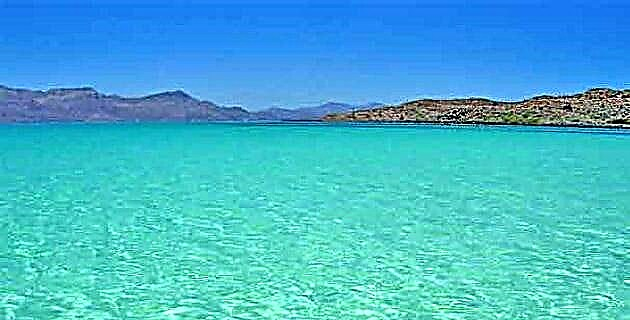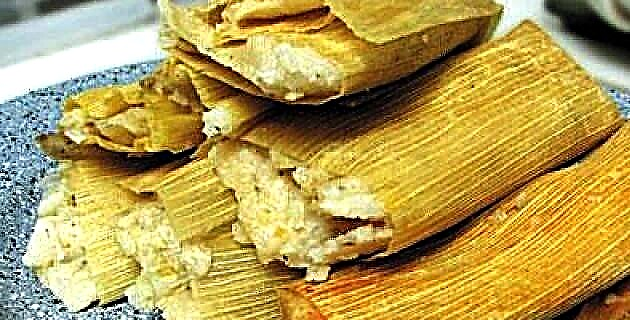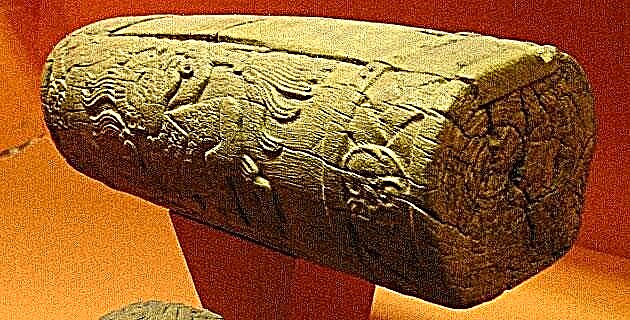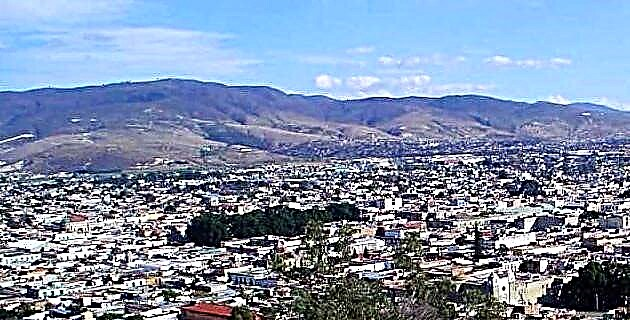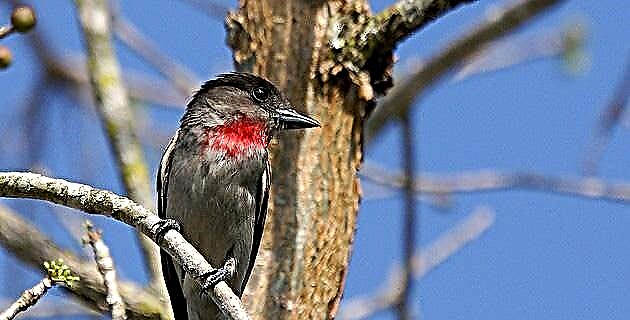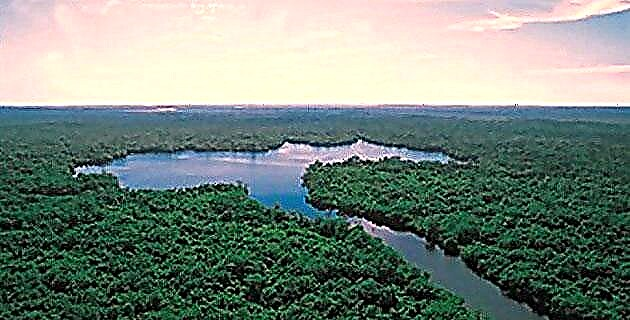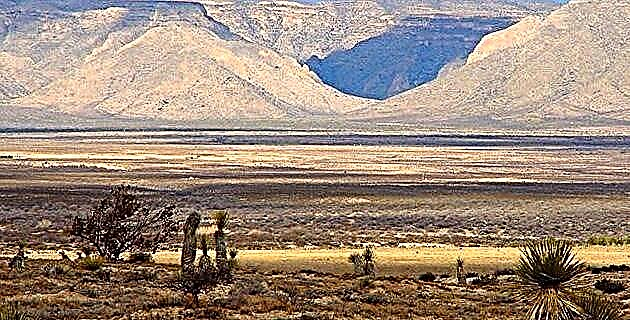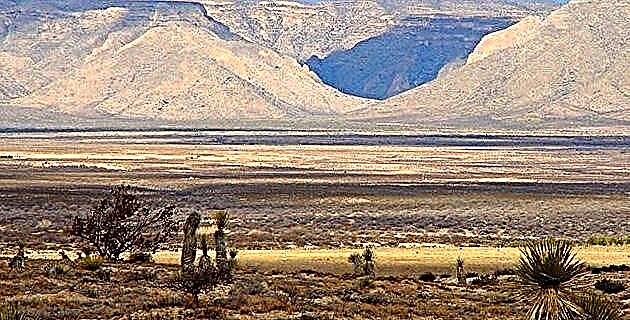
Unfortunately, the creation of gigantic conurbations where jobs, services and the population are concentrated, combined with deforestation and the growing demand for water, threatens to really dry up the Chihuahuan Desert.
The image we have of something determines, to a large extent, the attitude we assume towards it and, consequently, the treatment we give it. When contemplating the desert, many people tend to see an overwhelming, monotonous and harsh light, but if they looked at it through a prism, all the colors of the spectrum would be perceived that are tinged with the invisible at its two ends. One hears the word "desert" and imagines endless sand dunes driven by an unbeatable wind. Desert: synonymous with "abandonment", "emptiness" and "wasteland", "kingdom of exiles", "empire of thirst", "frontier between civilization and barbarism", phrases and words that summarize the most common ideas about this space so important for national history, world ecology and the balance of the planet's climate. Since their lands and inhabitants are marginal, the abundant and diverse wealth they hide is rarely suspected.
Even though they make up a third of the surface of the globe and half of our country, deserts are among the least understood and valued regions. The Great Basin, the Mojave, the Sonoran, the Atacama, name great arid regions of our continent, but the Chihuahuan Desert is the most extensive, the most diverse, and probably the least studied. This huge space houses very diverse ecosystems: pockets, grasslands, riverbanks, wetlands, canyons and wooded mountains that form islands in the archipelagos of the sky. Each of these niches nurtures surprising ways of life.
This desert began to form five million years ago, in the Pliocene. Today, to the west, the wooded and rugged region of the Sierra Madre Occidental takes advantage of the water from the clouds coming from the Pacific Ocean, while to the east the Sierra Madre Oriental does the same with the clouds that approach from the Gulf of Mexico, for so the average rainfall only varies between 225 and 275 mm per year. Unlike other arid areas, most of the precipitation occurs in the warm months of July to September, which, together with its height, influences the types of wildlife that thrive there.
The greatness of the Chihuahuan Desert does not lie only in its size: the World Wildlife Fund (WWF) gives it the third place on the planet due to its biodiversity, since it is home to 350 (25%) of the 1,500 known species of cacti , and has the greatest diversity of bees in the world. Likewise, it is inhabited by about 250 species of butterflies, 120 of lizards, 260 of birds and around 120 of mammals, and it is one of the few deserts in the world that has significant fish populations, some of which live in permanent wetlands such as Cuatro Cienegas, Coahuila.
The statistics are shocking, but the survival strategies that have created unusual forms of life are even more so. Imagine: shrubs like the governor (Larrea tridentata) that can withstand the scorching sun without receiving a drop of water for two years; frogs that suppress the larval stage, or tadpole, and are born as adults so as not to depend on a well of water for their reproduction; plants that sprout leaves every time it rains convert light into food and, days later, let them fall so as not to lose their vital fluid; populations of lizards composed only of females that reproduce, or rather are cloned, through parthenogenesis without the need for the fertilizing male; tiny and ancient cacti that only grow on a hill in the world, or reptiles with heat sensors near their noses that allow them to hunt at night. This is a small part of what we know that exists in the Chihuahuan Desert, a fraction of a miraculous vital tissue, woven over millions of years of evolution until reaching a perfect balance.
While it is true that desert organisms are incredibly hardy, it is also true that their tissue is very delicate. A species is said to be endemic to a region when nothing else occurs naturally there, and the Chihuahuan Desert has high rates of endemism due to the genetic isolation of many of its vast subregions. This trait is an honor, but it also highlights the fragility of the fabric of life because the void left by one species when it disappears is irremediable and can have dire consequences for others. For example, a property owner in San Luis Potosí may decide to use it to build a house and unknowingly eliminate a species like the rare cactus Pelecyphora aselliformis forever. Technology has allowed human beings to survive, but it has fractured the ecosystem, perforating the network of relationships and endangering their own survival.
In addition to the indifference and even disdain of many people towards deserts, perhaps the great extension of the Chihuahuan Desert has prevented the implementation of comprehensive management and study projects. This would be a necessary first step in solving today's serious problems such as the irrational use of water.
On the other hand, traditional activities, such as ranching, have had a disastrous impact on the desert and, therefore, there is a need to promote more adequate ways of earning a living. Since plants grow slowly due to lack of water - sometimes a two centimeter diameter cactus is 300 years old - the exploitation of the flora has to respect the times it takes to reproduce before the market demand. It should also be mentioned that introduced species, such as eucalyptus, destroy endemic ones, such as poplar. All of this has affected the desert deeply, to such an extent that we can lose vast treasures even before we know of their existence.
Touring the Chihuahuan Desert is like floating in an ocean of land and guamis: one realizes its true and tiny size. Certainly, in parts of San Luis Potosí and Zacatecas huge, millenary palms reign over the landscape, but this desert is typically the height of the abundant governor, mesquite, and other trees and shrubs that provide protection for many groups of plants and animals. Its monotony is apparent, because the shade and the roots of the bushes support an amazing diversity of life.
The face of these lands does not immediately betray their enormous wealth: seen from the air they seem little more than scant expanses of oblivion, immensities of mineral color suddenly interrupted by spots of dusty green. The desert reveals its secrets, and that only sometimes, to those who are willing to endure its heat and cold, to walk to its far away and to learn to live by its rules. So did the first inhabitants whose presence has been reduced to geographical names: Lomajú, Paquimé, Sierra de los Hechiceros Quemados, Conchos, La Tinaja de Victorio.
Perhaps the fascination was born from the luminosity that dematerializes even the stones, from the simple poetry of its inhabitants, from the aroma that the governor releases when it rains, from the wind that pushes the most beautiful clouds over the face of the earth, from the trace left by the time on the rock, of the sounds that wander at night, of the silence that buzzes in ears accustomed to the din of cities or simply of the surprise called flower, lizard, stone, distance, water, stream, ravine, breeze, shower. Fascination turned into passion, passion into knowledge… and love sprouted from all three.

